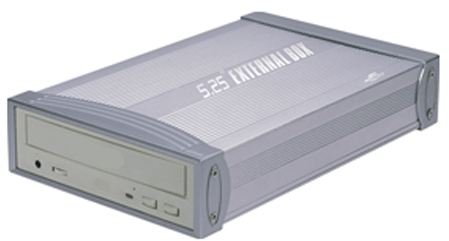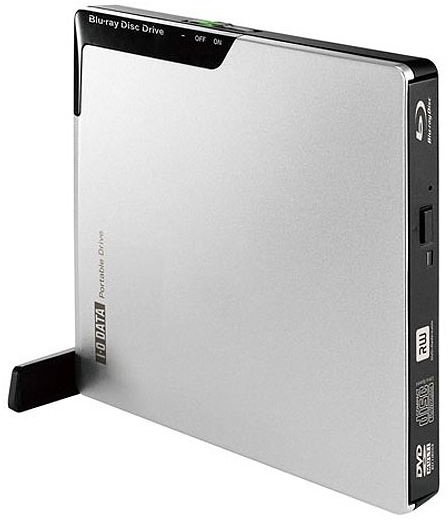Buying an External Case for a Blu-Ray Disc Drive
External Blu-Ray
Blu-Ray drives have been available for the PC for awhile now, but their popularity has been limited. This is likely due to a simple lack of public knowledge about the products, as virtually no one has been advertising their sale.
This a shame, because they are actually quite affordable. One of the most interesting things one can do with them is, using an external drive case, to create an external Blu-Ray disc drive. Such a drive is much smaller than a Blu-Ray player and can be taken anywhere, although it must be plugged into a computer which has media software capable of playing Blu-Ray discs in order to work. This brief guide will help anyone find a suitible external case for their Blu-Ray drive.
Purchasing the Blu-Ray Drive
There are really only two types of Blu-Ray that one might end up purchasing for a PC, and their effect on the external enclosure which should be used is obvious.
The first type is the standard 5.25" format drive. These drives are the same size as the CD and DVD drives which have been used in computers since the stone age. These drives will fit into any 5.25" external enclosure which is made to support a CD or DVD drive.
There is also a slim profile format which is both rare and expensive, but never the less exists. It is primarily meant for small PCs and laptops, but there are some enclosures built for it. They are great for the movie buff on the go with a good screen on her laptop, but, for our purposes, I would suggest staying away from these drives. They offer no performance increase and are only slightly smaller, but cost a great deal more and substantially limit enclosure selection.
Buying the Correct Enclosure

The idea of a drive enclosure seems simple. Find an enclosure, pop in the drive, and you’re done. Simple, right? Well, not so fast. External drive enclosures differ from each other in a few important ways.
Build quality is one important difference, and it can vary greatly. The two most popular materials to build external drive enclosures out of are plastic and aluminum, and of the two the aluminum is usually the better option. It is just as light, it conducts more heat away from the hard drive, and it is not prone to cracking or fading in the same was as plastic.
Features also make a large difference, with the most important features generally being the inclusion of a fan and the option of hot-swapping. A fan is not a must-have for keeping a drive cool, but it isn’t a bad thing to have. Noise should not be an issue because the sound of the drive spinning will easily drown out the noise of a fan. Hot-swapping is a feature that allows drive to be removed from the enclosure while the enclosure is on. It effectively makes any drive in the enclosure a Plug-and-Play drive. This is a must-have.
The last and most important trait to consider is the type of connection the enclosure uses. USB 2.0, Firewire, and eSATA (three way comparison here) are all popular methods for connecting an enclosure. Some drives offer multiple methods, but they also generally cost more. Any of the connection methods should be suitable, but I recommend eSATA (provided of course the computer it will be attached to has an eSATA port) as it provides the highest bandwidth.
Installing the Drive
Once the enclosure is in hand, the rest is fairly simple. Most external enclosures simply accept a drive by sliding it in and locking it with a mechanism or with screws. Once the Blu-Ray drive is secure inside the external enclosure, the enclosure can be connected to the PC and a power outlet. At that point it will be a plug-and-play device, and operate like any internal Blu-Ray drive would (you should just see a new drive with a new letter, ready to use, no extra tweaking should be needed).
Just remember that the external drive is still limited by the capabilities of the computer it is connected to. If the PC is too slow to properly display Blu-Ray then the external drive will not work any better than an internal one.
